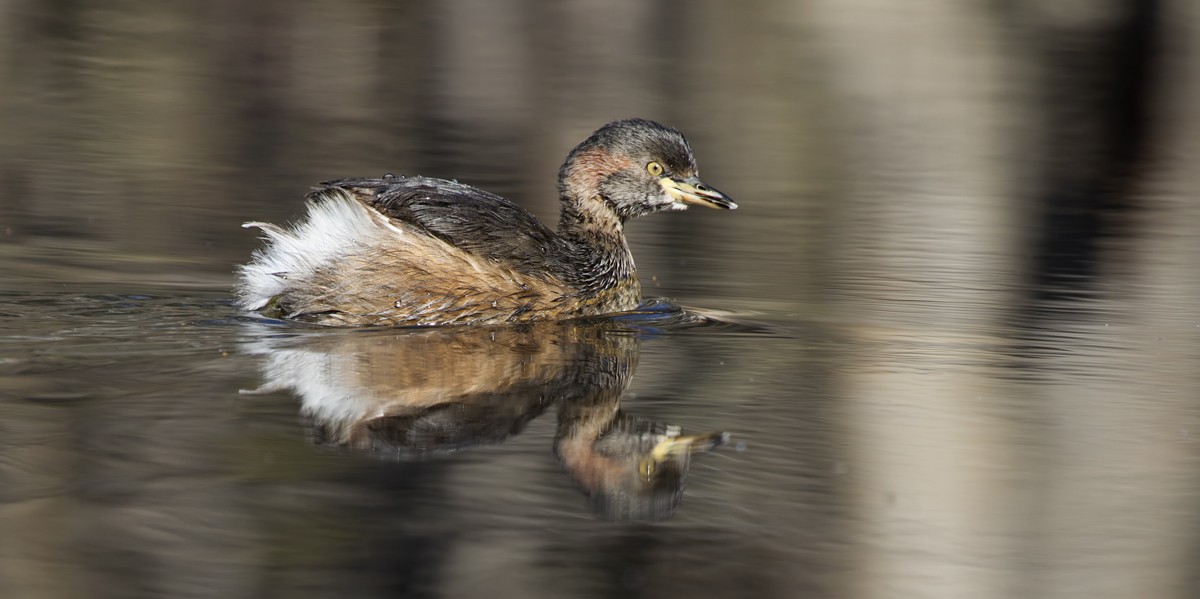Australasian Grebe
A species of Small Grebes, Also known as Australian Dabchick Scientific name : Tachybaptus novaehollandiae Genus : Small Grebes
Australasian Grebe, A species of Small Grebes
Also known as:
Australian Dabchick
Botanical name: Tachybaptus novaehollandiae
Genus: Small Grebes
Content
Description People often ask General Info
Description
The Australasian grebe (Tachybaptus novaehollandiae) is a small waterbird common on fresh water lakes and rivers in greater Australia, New Zealand and on nearby Pacific islands. At 25–27 cm (9.8–10.6 in) in length, it is one of the smallest members of the grebe family, along with the least grebe and little grebe. 
Size
27 cm
Nest Placement
Floating
Feeding Habits
Australasian Grebe primarily consume small fish, freshwater molluscs, aquatic insects, crustaceans, and notably snails, often avoided by similar species. They forage by diving and chasing prey at the surface, occasionally benefitting from invertebrates disturbed by other waterbirds.
Habitat
The australasian Grebe thrives in a variety of aquatic environments, predominantly across fresh water bodies that are permanent or semi-permanent. They have a preference for small farm reservoirs and are often spotted in areas with temporary floodwaters. These birds favor habitats with vegetated shorelines, especially during their breeding season. Their presence is generally noted in lowland areas and hilly regions across broad geographical zones.
Dite type
Piscivorous
People often ask
General Info
Feeding Habits
Bird food type
Behavior
The Australasian grebe is an excellent swimmer and diver, and usually dives immediately when alarmed and swims away under water. They are not strong flyers and will fly distances only at night, presumably to avoid predators. They tend not to leave their home base if there is sufficient food. If disturbed they will dive and re-surface 10–15 metres away rather than fly. Both parents will raise the chicks; however, the male will leave after a couple of months when the chicks are about three-quarters grown. Initially the young will ride on the parents back, hidden between their slightly raised wings. When the chicks begin to dive and feed themselves (at about 10 weeks) the mother may leave too, although mothers have been known to return soon after, apparently to check on the chicks. The parents are very protective and will try to drive away other water birds (ducks, herons) by confronting them and flapping their wings wildly or using their wings to splash water at the intruders. 
Species Status
Not globally threatened.
Scientific Classification
Phylum
Chordates Class
Birds Order
Grebes Family
Grebes Genus
Small Grebes Species
Australasian Grebe 